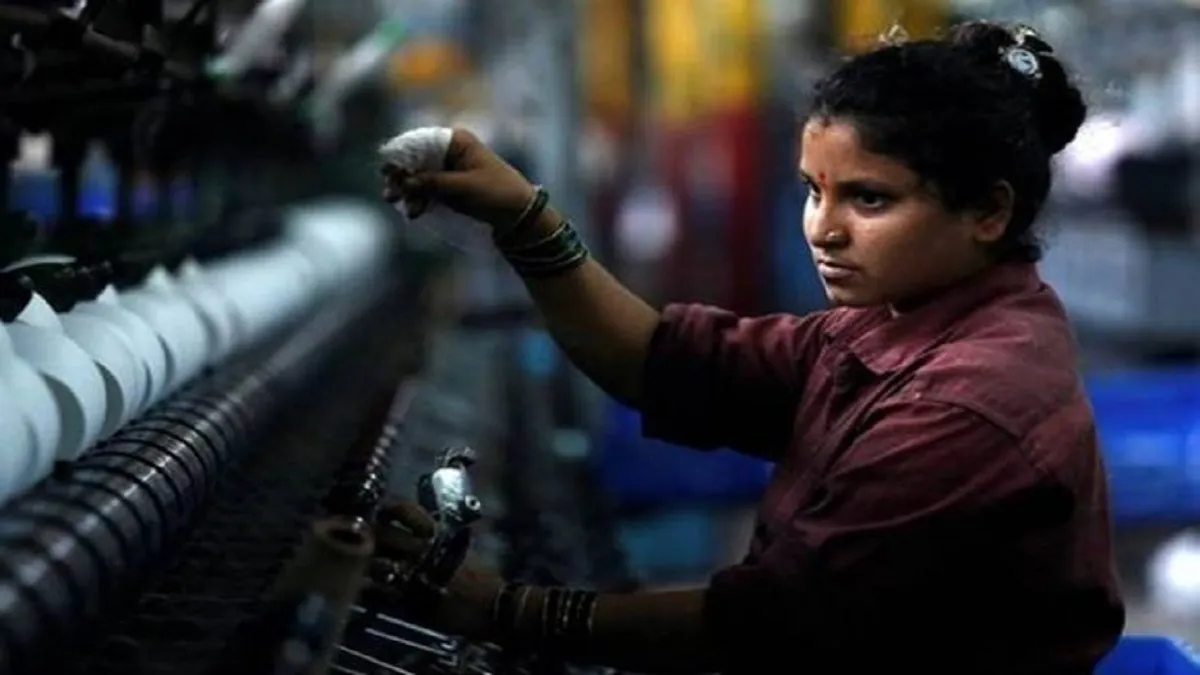The landscape of Indian entrepreneurship is witnessing a significant transformation, with women now at the helm of nearly one in every four micro, small, and medium enterprises (MSMEs). This encouraging trend is one of the key findings of the latest SIDBI report, ‘Understanding the Indian MSME Sector: Progress, and Challenges’, which also reveals that despite this progress, access to credit remains a persistent hurdle for women entrepreneurs.
According to the report, 26.2% of proprietary MSMEs in India are now owned by women, as per the Annual Survey of Unincorporated Sector Enterprises (ASUSE 2023-24). This marks a notable shift towards inclusivity and reflects the growing participation of women in the country’s economic development. However, the journey for women entrepreneurs is far from smooth, particularly when it comes to securing timely and adequate financial support.
The SIDBI survey, which covered over 2,000 MSMEs across 19 industries, found that while 76% of women-led MSMEs have some form of access to credit, a significant 41% of women entrepreneurs still identify credit access and intense competition as the biggest obstacles to their growth. The report estimates the credit gap for women-owned MSMEs at a staggering 35%, much higher than the overall sector average of 24%. This means that for many women business owners, the doors to formal finance remain only partially open, limiting their ability to expand and compete effectively.
What Will Help Women-Led MSMEs Thrive?
The challenges are not limited to credit alone. Many women entrepreneurs continue to face social and cultural barriers, limited awareness about digital tools, and gaps in business skills. These hurdles often make it even harder for them to take full advantage of government schemes and new-age financial solutions.
Despite these challenges, the report highlights several positive trends. The formalisation of the MSME sector is accelerating, with registrations under the Udyam portal rising sharply to over 6.2 crore by March 2025. Digital adoption is also on the rise, with 90% of MSMEs now accepting digital payments and 18% using digital lending platforms. These technological shifts hold promise for bridging the credit gap in the future, especially for women-led enterprises.
SIDBI’s report also points out that women entrepreneurs are gradually making their mark in exports and sustainability initiatives. However, to truly unlock the potential of women-led MSMEs, the report calls for more targeted policy interventions, greater financial literacy, and robust support systems to help women navigate the challenges unique to their entrepreneurial journeys.
As India looks to strengthen its MSME sector as a pillar of economic growth, the success and empowerment of women entrepreneurs will play a crucial role. The latest findings from SIDBI serve as both a recognition of their achievements and a reminder of the work still needed to ensure that credit and opportunity are accessible to all, regardless of gender.


